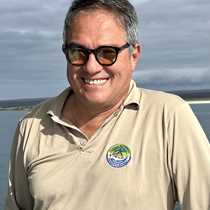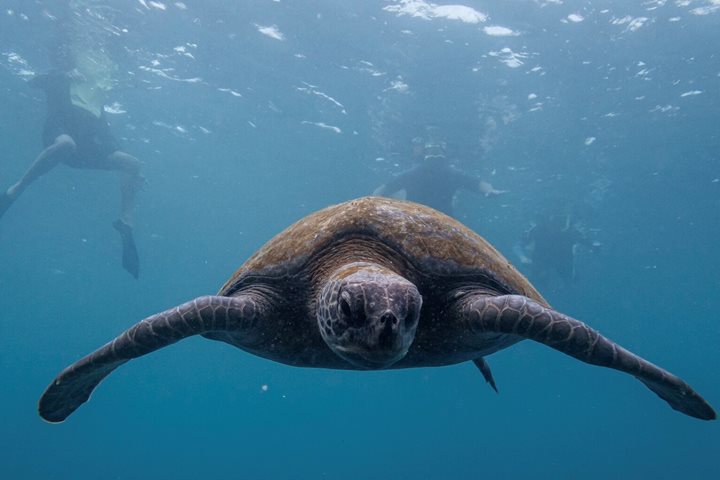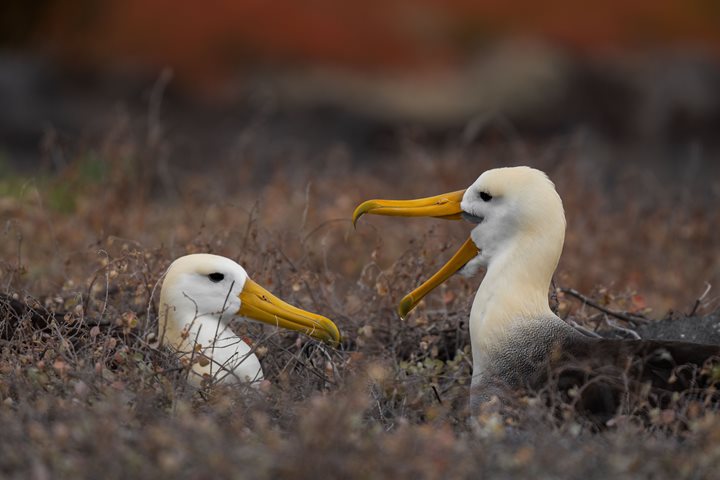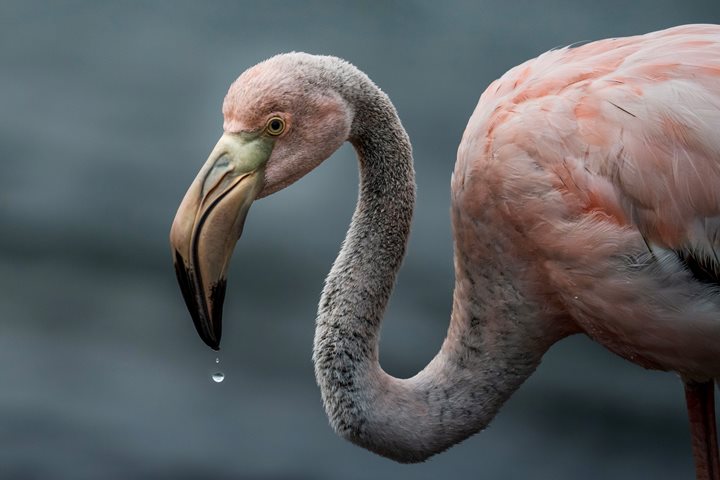The second largest island of the archipelago is a must-see when visiting and exploring Galapagos. Puerto Ayora is the most inhabited village in the Galapagos province and is the economic capital of the archipelago. What keeps the wheels of this place running? Tourism! Highly organized and well-managed tour operations keep the delicate balance between human visitors and nature going strong.
Today’s program was busy with activities. We visited Don Adriano Cabrera’s farm for a trip down memory lane. He and his wife arrived here almost by mistake to what he describes as “Only six houses and a couple of poorly stocked general shops.” What made him stay? “I noticed sugar was hard to find since the cargo ships called every 3 months, so I decided to grow sugar cane!” Now he produces and sells raw sugar, moonshine, coffee, and cocoa for chocolate.
Our second activity was a visit inside the second longest lava tube in South America. We descended the stairs, and immediately saw three tables that looked like furniture right from the Flintstones’ living room! The rocky tables are actually what’s left from the failed attempt to make a disco inside the lava tube in the 1970s. Further inside we noted the highly symmetrical and well-polished walls of the tube; it makes you feel you are not inside a natural geological feature.
Then it was time for lunch, followed by giant tortoises! There were lots of tortoises all over the place; before we even reached El Manzanillo tortoise reserve we spotted many alongside the road. We also had a short visit to the Twin Sinkholes to see the remnants of the original endemic forest on the island. Then we went to the Giant Tortoise Rearing Center and Charles Darwin Research Station, followed by sightseeing and shopping in town.
Are you tired yet? Finally, we returned to the ship to see the work of our local artisans and artists.







